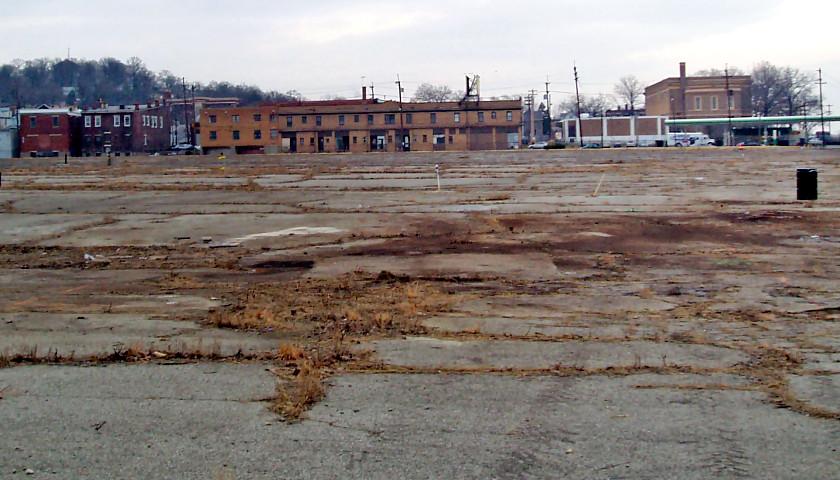by Anthony Hennen
As Pennsylvania invests more taxpayer money into drug addiction treatment, about $600,000 has gone to recovery homes for building upgrades to put them in compliance with state and federal rules.
The commonwealth’s licensed recovery homes – overseen by the Department of Community and Economic Development and the Department of Drug and Alcohol Programs – give people recovering from addiction a place to live, as well as access to resources like medication-assisted treatment.
These homes, advocates say, also help people find stability through employment and a residential environment that includes others who share the same goal.
Though many more unlicensed homes are in operation, only licensed homes are eligible for funding from Pennsylvania’s Recovery Housing Program.
An annual performance report released by the state of the program shows that a dozen homes have received about $50,000 each for physical upgrades to be compliant with licensing requirements and federal law, like the Americans with Disabilities Act of 1990.
If the fixes aren’t made, the houses otherwise may not be operational.
“This identified need has the potential to hinder the ability of some recovery house facilities to be able to continue providing services, protect the health and welfare of this vulnerable population, and sustain affordable living environments for individuals in recovery,” the report noted.
Though funds have been allocated annually since 2020, sending out the money isn’t always immediate. The report notes that the Recovery Housing Program has a competitive grant process to dispense funds, but needs to create an action plan open to public comment first. No public comments were received in 2021 or 2022.
Since 2020, the program has received almost $3.4 million, but the state doesn’t expect the funds to be fully spent until 2027. After money is doled out for building upgrades, the remainder will “provide financial assistance to recovery houses for expenses, specifically rents and leases.”
The number of residents living in recovery houses that benefit from the program, however, plummeted in 2022 to just 45, with only 5 percent expected to transition into permanent housing.
In 2020, the report estimated 250 people across 25 houses received support through the program. In 2021, that estimate skyrocketed to more than 3,000 people living in roughly 70 houses. In those years, 10% were expected to find permanent housing.
More than 5,300 people in Pennsylvania died from an overdose in 2021 – the third highest rate in the nation, as The Center Square previously reported.
– – –
Anthony Hennen is a staff reporter at The Center Square.








